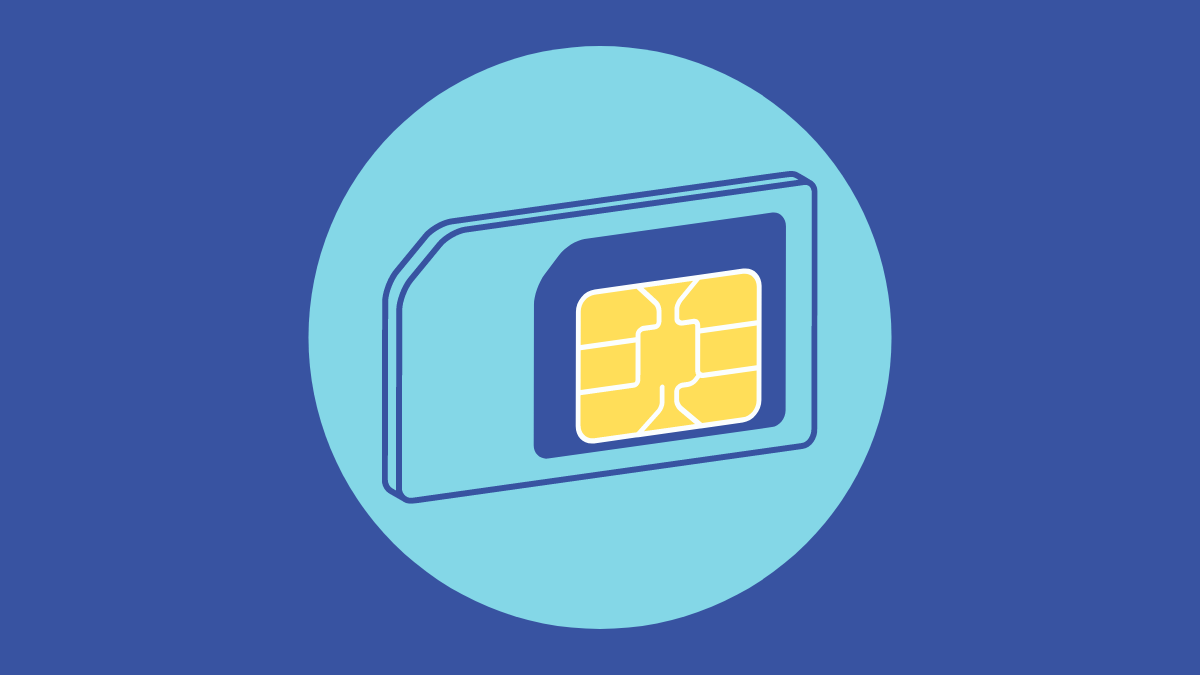Android phones come with a bunch of pre-installed apps, most of which are Google-made applications that may help you get work done on a daily basis. Some manufacturers install their own set of apps out of the box but the one app that you may notice on any Android app you use will be SIM Toolkit. So what is SIM Toolkit and what can you do with it? That’s what we’re here to talk about in this post.
What is SIM Toolkit?
As smartphones became more and more feature-rich, the process of setting up SIM cards (called provisioning in technical terms) became harder by the day. That’s because provisioning a SIM on a phone needed details like SMS center number, MMS server name, mailbox number, and other data. This data differed from one operator to the other and that’s where SIM Application Toolkit came into being.
SIM Toolkit or SIM Application Toolkit (STK) is a set of commands available on your SIM card that are defined by 3GPP and ETSI specifications and can either be activated by the user or due to a networking event. Essentially, they’re small applications that come preinstalled on your SIM which itself can be considered a mini-computer where programming is possible.
STK was developed as a means to run applications directly on a SIM card that’s based on a GSM network. The standard is used by mobile network operators and service providers to execute actions that trigger various value-added services. These value-added services can then be implemented on your SIM card to bring a carrier’s custom UI and menus onto different handsets.
The Toolkit app that’s available on your phone is programmed into the SIM card by your cellular service provider. This app enables means of interaction between the network and user, reveals the mobile equipment interface, and provides users access to network control.
What feature does the SIM Toolkit offer?
The SIM Toolkit’s operation on your phone can be categorized into various groups that offer different functions.
- User Interface control: Display text, menu, play tones, select menu item, and language notifications.
- SIM control: Refresh your SIM card, check poll interval, disable polling, enable events, get reader status, switch ON/OFF SIM card.
- Network control: This allows sending short messages, USSD and DTMF info, and setting up a call.
- Inter-networking control: Can open the browser, send or receive data, open channels, and retain channel status.
- Other functions: Give access to timer management and local phone info.
If you’re wondering what all these things mean, to put it simply, the SIM Toolkit offers you an easy way to activate or use your operator’s value-added services. Depending on your operator, you will be offered services like utility services (information about missed calls, International calls, air, and rail info), sports scores, caller tunes, astrology, news, jokes, and the ability to contact your operator’s customer care directly.
Additionally, it’s believed that STK offers users improved security for digital transactions as it allows encryption and verification of your identity.
How does it work?
SIM Toolkit is independent of a smartphone’s make and model and it looks pretty much the same on all Android devices. The only thing that might be different from the SIM Toolkit app from one phone to the other is options and menus that are available on-screen since one network might provide options different from another carrier’s value-added services.
Essentially, the SIM Toolkit allows your phone’s SIM to initiate and relay commands between your phone and network.
Think of SIM Toolkit as a client-server relation where your phone acts as the client while the SIM card that inserted into a phone is server-side. Like any other app, the SIM Toolkit implements multiple layers to work with your phone as well as your service provider. These layers include:
- RIL – Vendor side software
- SIM Toolkit – Machine code used to translate raw text from RIL to the application
- UI – It’s the interface that reads the application-level messages and shows it as options and menus on your phone
Before modern smartphones, a mobile’s SIM toolkit was locked with a PIN or phone lock to protect its applications from being misused. When locked, you won’t be able to access the applications from within the SIM or on the phone without the SIM card.
Prior to 4G, the SIM toolkit was based on the GSM 11.14 standard. The current standard for SIM toolkit for LTE SIMs is 3GPP 31.111 which also incorporates USIM Application Toolkit for networks that still rely on 3G.
Can you disable SIM Toolkit on Android?
The short answer is no. SIM Toolkit is integrated on your phone through your SIM and is an important utility that allows operators to activate a new SIM card or enable a feature from your network to your phone directly. Since it’s an integral part of your phone, there’s no way you can uninstall or disable the SIM Toolkit app on your Android device.
In our opinion, there’s no harm in leaving the app be on your phone simply because it’s tiny compared to other applications on Android and doesn’t hinder your phone’s usage.
That’s all we have to share with you about the SIM Toolkit app on Android.
RELATED
- How To Verify WhatsApp Without A Sim Card
- What information is saved on a SIM card and how to protect it?
- How to know details of SIM card owner
- How to Access Floating Accessibility Shortcuts on Android 12
- How To Enable Gaming Mode on Android 12
- How To Measure Heart Rate on Your Pixel Phone
- How To Track Your Respiratory Rate on a Pixel Phone













Discussion